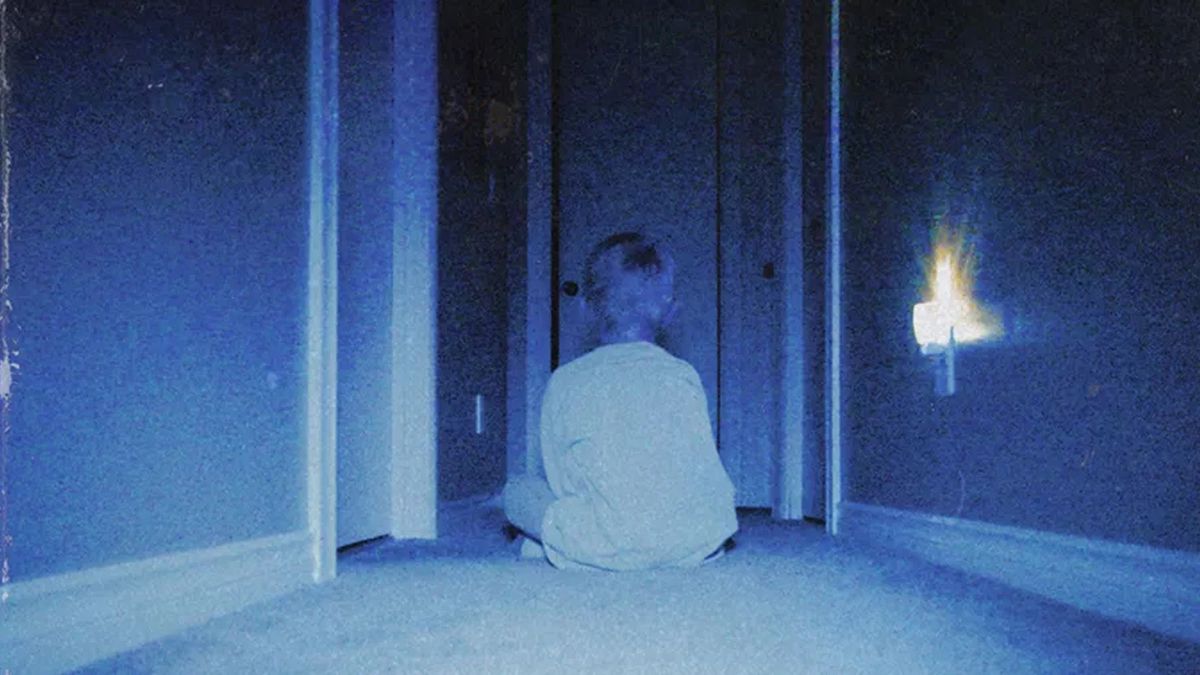By Valerie Nea
Copy Editor
In the past decade, the use of technology in classrooms has been on the rise, 75% of classrooms in the nation use technology in daily lessons. Because of this, schools have implemented Internet filters that block certain websites or content so they cannot be viewed or accessed. Gabrielino High School is among the many high schools in America that have Internet filters that are too restrictive.
In 2001, the United States passed the Children’s Internet Protection Act (CIPA), which required that all schools to be compliant with filters that restrict access to harmful materials, unauthorised disclosure of personal information, safety and security of student electronic communications, and sexually explicit content. The incentive for schools that met this requirement was that they would qualify for discounts on the school’s internet service.
Despite the good intentions schools have for creating these filters, students have complained about the inconvenience and limitations caused by the censorship. With blogs, school related websites, image archives, and social media filtered, some students find the web filters interfering with their research during school assignments.
“One time, I was using Instagram to contact people to survey for an assignment I had but I couldn’t access on school campus,” stated senior Lianna Long. “Because we got class time to work on our projects, I could not do much without my survey responses.”
In the past, Gabrielino’s web filters have restricted students from accessing school related sites, like that of Key Club and the Tongva Times. Though the school encourages students to use the Internet to gain information about the campus and do research, the restrictions make important websites inaccessible.
By overblocking websites and social media, schools are blocking perfectly useful educational material and learning opportunities. With the Common Core State Standards encouraging students to be more proficient with research and technology, the San Gabriel Unified School District (SGUSD) should consider the harm that strict filtration does on enhancing these skills.
Over-censoring so many aspects of the Internet also puts low income students at an academic disadvantage.
“ Students that have their own Internet connections at home have exposure,” stated Kristin Batch, reporter for the American Library Association. “But those students who rely on Internet access at school […] are not getting access to the same sites that they should be.”
By having more freedom online, students will obtain skills regarding efficiently finding information, judging reliable sources, and becoming familiar with online tools and communication at school.
According to KQED News, the cost to filter the Internet at schools can cost anywhere from $3-$40 per student depending on the size of the district and the needs the school requests. San Gabriel Unified School District pays $22,279.07 per year to pay Trebron Inc. just to provide web filter services to our schools.
Instead of paying money to keep the web filters running, SGUSD can allocate funds to purchase more technology and upkeep the system for students to access the Internet. Filtering content when students are already online is unnecessary and costly, especially when there is already accountability for students who misuse technology.
Sticking with the strict web filters Gabrielino currently has will hinder educational opportunities and will put low income students at a disadvantage. Having strict restrictions is a waste of thousands of dollars for unnecessary services, schools should offer efficient Internet service to students while maintaining flexibility to improve educational opportunities through technology.

